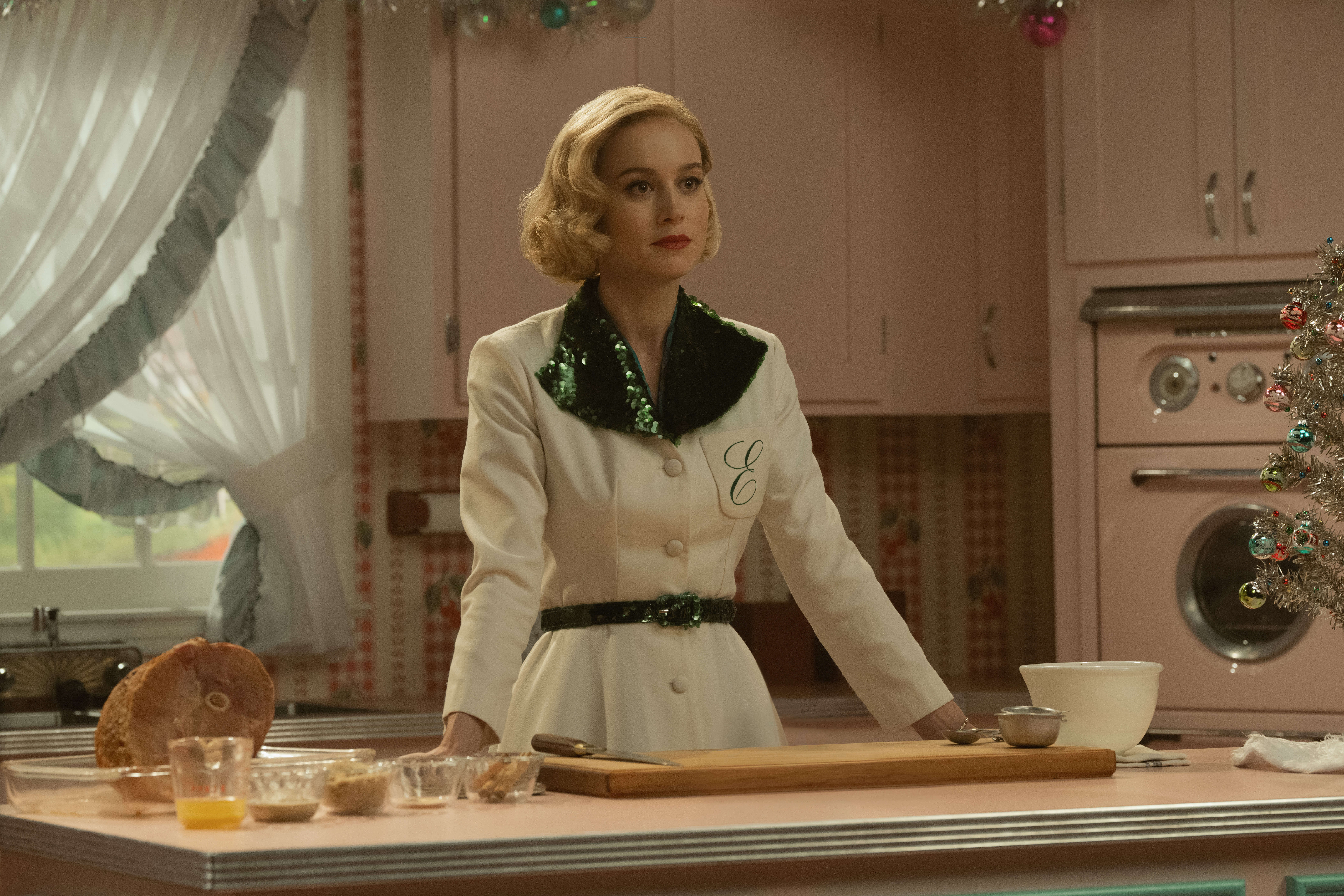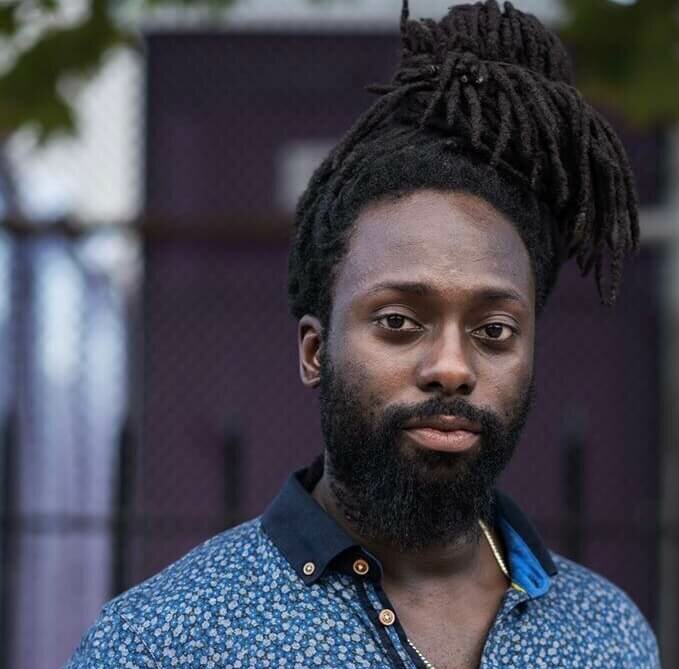Fight Director Benedetto Robinson Gets into the Nitty Gritty of Fight Choreography, What it Means to Be an Actor Combatant
Recently, I got to sit down and talk with actor, combatant and fight director Benedetto Robinson. During his varied career, he has worked as an action performer from Ohio to New Hampshire, and North Carolina to Georgia. Recently he wrote and starred in Dracula: The Failings of Men, produced by Havoc Movement and returning to its second venue, The Atlanta Shakespeare Company, this fall.
Most recently, his work as fight director in the ASC’s Romeo and Juliet was a triumph of storytelling, and he was gracious enough to offer his expertise and insight to those interested in combat for film and stage, fight choreography and what it means to be an actor combatant.
What drew you to stage combat? Give us a brief history.
When I was like fifteen, my mother was volunteering at the Children’s Theatre of Maine and they had this partnership with this theatre called Acorn that specialized in Shakespeare and I started taking classes with them because I liked acting a lot. And one of their classes was this rudimentary stage combat class…and I learned a lot about myself, and a lot about acting and I sort of found the things that I enjoyed to do as a physical human being…This was a good way to exercise that I didn’t hate or didn’t hate myself doing. I started there and then I didn’t do it for years.
In my junior year of college, we had to take a stage combat class. Every one of my classmates was like “Ugh, this is so dumb.” I loved it. My teacher happened to be a certified teacher with the Society of American Fight Directors. I sort of apprenticed with this guy, his name is Jeff Jones. He still lives and works outside of Raleigh North Carolina. Through him, I got introduced to what it is to do this professionally.
Talk about being an actor combatant. What opportunities has it opened in your career?
Before I answer that directly, I’ll talk a little bit about why it is that I’ve decided to continue doing this. Because we live in a society now [where] a lot of our entertainment comes from the consumption and digestion of dramatized violence. This is something that I learned from a very dear friend of mine, Jake Guinn: it is very important that we take responsibility for the images of violence that we depict.
Because in a society like ours in Western society, which is simultaneously so divorced from and so intricately bound up in violence, in the news and the media, I think there’s a very real danger of treating violence as something that is fine, that is able to be, you know, trivialized. The violence in the real world is anything but that…and so, the work of an actor combatant and fight choreographer is to responsibly present violence in a way that serves the story and serves, perhaps the digestion and deconstruction of what we think of as entertaining violence. And look at the cost and result of that in a way that is palatable because it is through theatre or film, but is nevertheless treating it with the respect that it requires.
Now what that looks like in the day-to-day as a fight choreographer, as an actor who performs fighting is…sometimes you’ll be on a job and everyone in the room is like “well, we don’t need a fight choreographer”…and then it becomes your job to advocate for the presence of one. Because it can be, actually, really dangerous.
One of the worst injuries I’ve ever heard tell of happened in a stage combat class where they were using blunt swords…and these two young actors were doing their choreography very quickly…and their teacher was like “OK you guys need to slow down and continue to be aware of the danger of this” and they were like “Oh, it’s blunt, it’s not going to hurt us”…they were going fast and one actor slipped the tip of his blunt sword into the nostril of the other and pierced his brain.
He’s still alive. But that’s a really horrifying injury….and so, it’s important to remind every room that you’re in that there is a need for someone to run this safely. And when the time comes, if you should be so fortunate to be that person in the room, it becomes your responsibility to facilitate that safety and to do it in a way that remains thrilling and in service to the story and respectful of the stakes of the violence. And that’s a complicated puzzle that I really like to try and solve.
You recently choreographed fights for Romeo and Juliet. How did you use combat to support and support the story?
So, this is a thing that I see a lot…oftentimes I will see a period piece…where the action of the story is halted and space is given for this third party thing that is the sword fight, that has nothing to do with anything else, that is super flashy and fun–and that is done and we go back to the story. And I didn’t want to do that.
It comes down to the title of fight director. I think people often put a lot of emphasis on fighting and not a lot of emphasis on the director. To me, it is just as important for a fight director to read and digest and become intimately acquainted with the script and the story as a whole as it is for the director, or an actor in the piece. The violence–it is irresponsible to present violence that does not have any bearing on the story.
In Romeo and Juliet, a couple of things stuck out to me. There’s this big fight in the beginning…where all these teens fight in the street with swords and nobody gets hurt, and it gets broken up by the royalty, right? You’ve got a bunch of people with lethal weapons not hurting each other…ain’t none of them want to be fighting and hurting each other. There’s got to be an element of posturing in that…So there’s this idea that this fighting is about social status, until something shifts and it becomes something much more serious and sinister.
What are some general misconceptions about stage combat?
The biggest one I run into in the room…is that, and I don’t know why this is, because when you rehearse a play you take a lot of time to do a dance number…a lot of time to stage a scene, but when it comes to fight choreography many directors are like “OK, you have 15 minutes to do this whole extended sword fight.”
The amount of time that you’re given in the room to present something that needs to be really really sharp and well-rehearsed is very very small.
I would encourage folks in the industry who are not fighting professionals to liken the time that it takes to create an involved piece of fight choreography to the time it takes to choreograph a very involved, company-wide dance number.
Where would you like to see the industry grow when it comes to fighting chores?
I would like to see it move in a direction that is less I hate to say self-serving and self-showcasing–I would like to see it move…more into a space where it is cohesive with the storytelling of the piece…. In the theatre, there is a strong risk for it to become about an individual’s ego…The product inevitably suffers….We tell these stories to turn a lens of reflection on the human experience. And if that is not the aim…then what are we doing here?
What’s something you wish you had been told earlier in your combat career?
Everything is always a process…whatever it is you do there’s a point in your education, usually relatively early where you’re like… ‘I know everything about this, I’m so good at this.’ And usually, that’s where you stop.
You have to keep learning. The minute that you stop becoming a student…and start becoming someone who claims authority over it…that is the minute you become unsafe in the room. If you are unable to keep that learner’s spirit you’re going to hurt someone.
If [combat and choreo] is something that you’re interested in as an actor… it has opened many doors for me in my career as an actor. It’s a way into a certain niche of what we do. Because it does require a skillset.
To find out more about Benedetto Robinson, visit his Instagram or check out his website at benedettorobinson.com
Casting directors use Casting Networks every day to discover people like you. Sign up or log in today to get one step closer to your next role.
You may also like:
- What’s Casting: Frankincense & Myrrh, Tech Brand Campaign, Major Skincare Brand Commercial
- Cristiana Dell’Anna Shares How Martin Scorsese and Three Self Tapes Helped Her Land the Starring Role in ‘Cabrini’
- Success Story: How Stephen Pollak Uses Role Tracker to A/B Test His Casting Networks Wins




